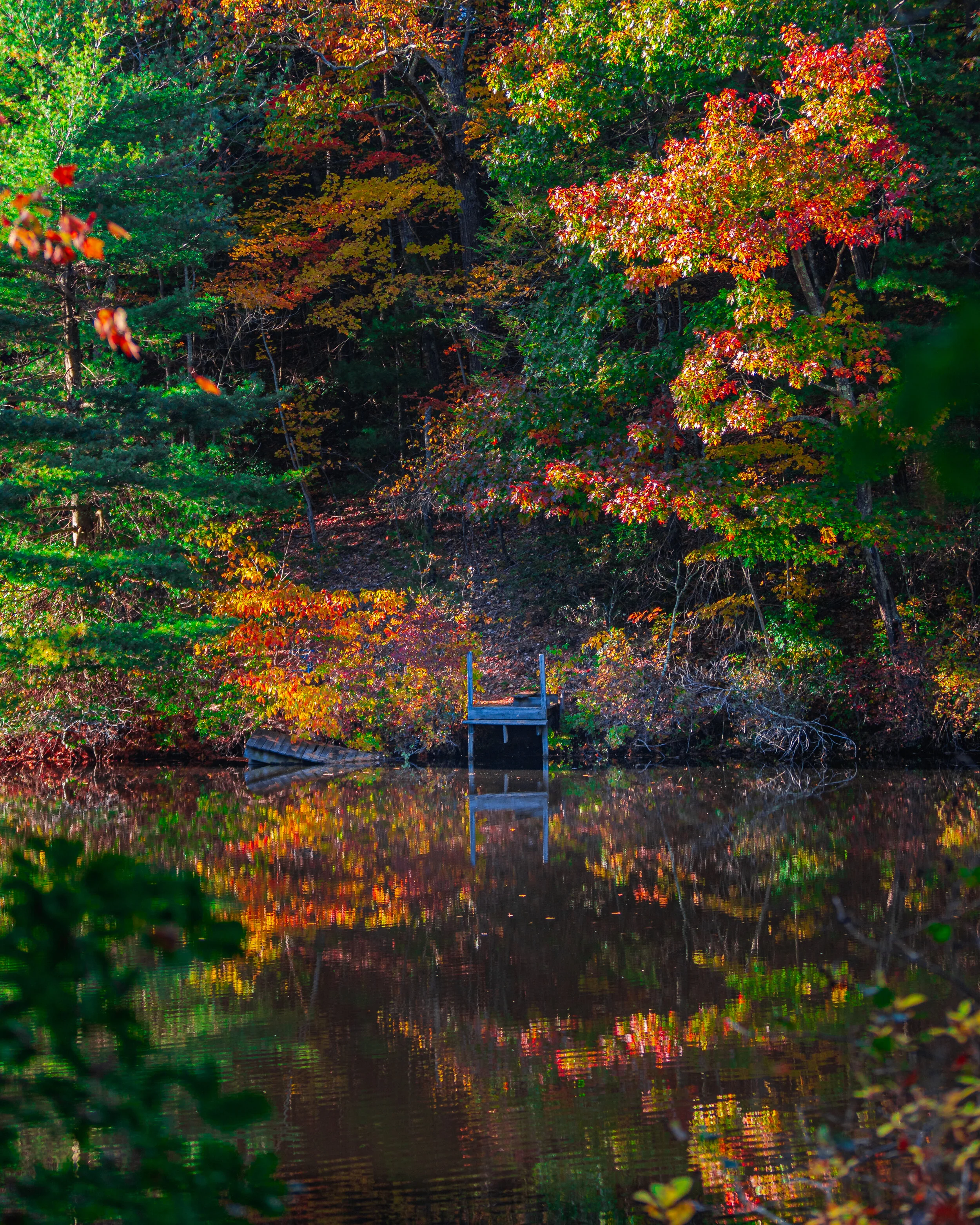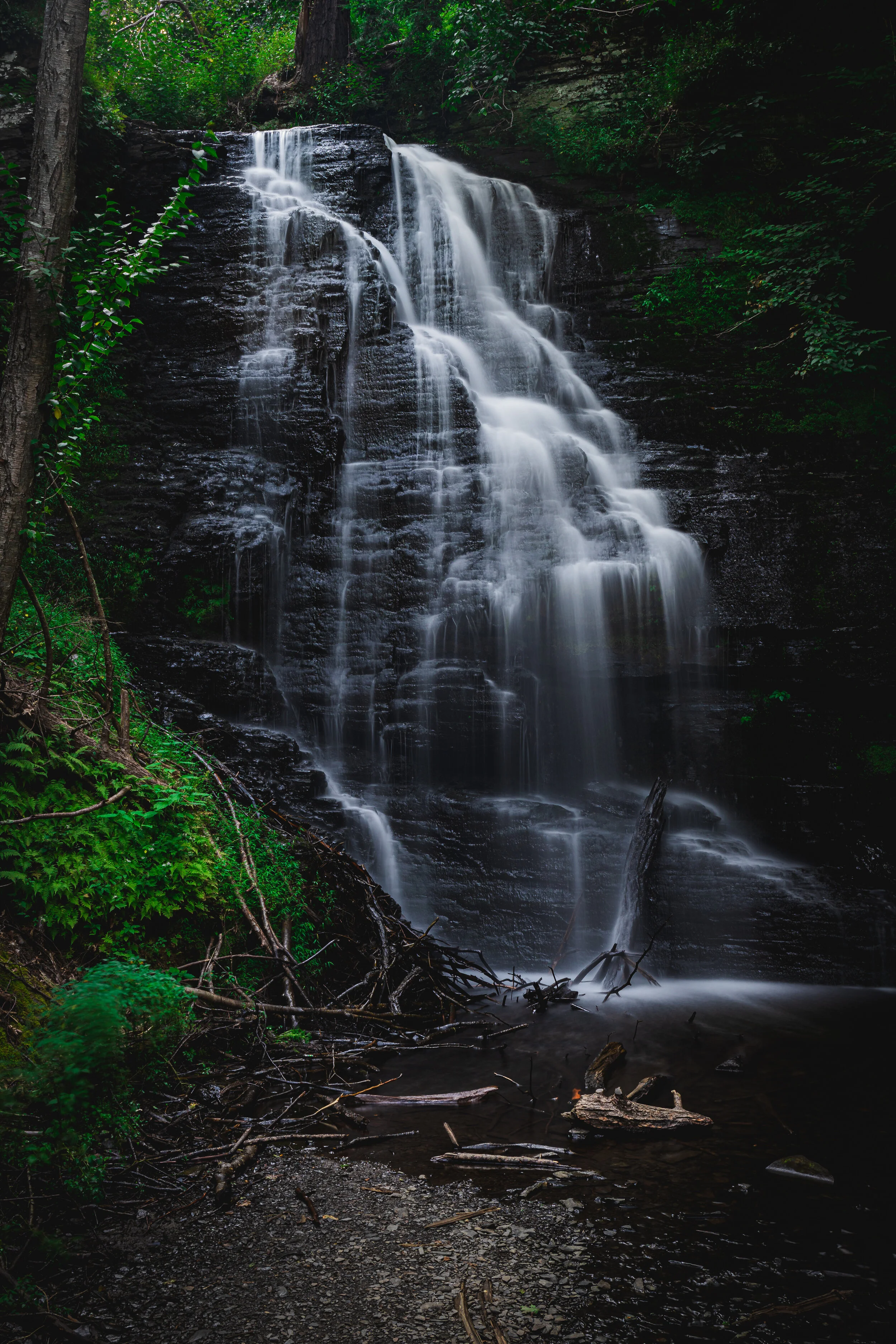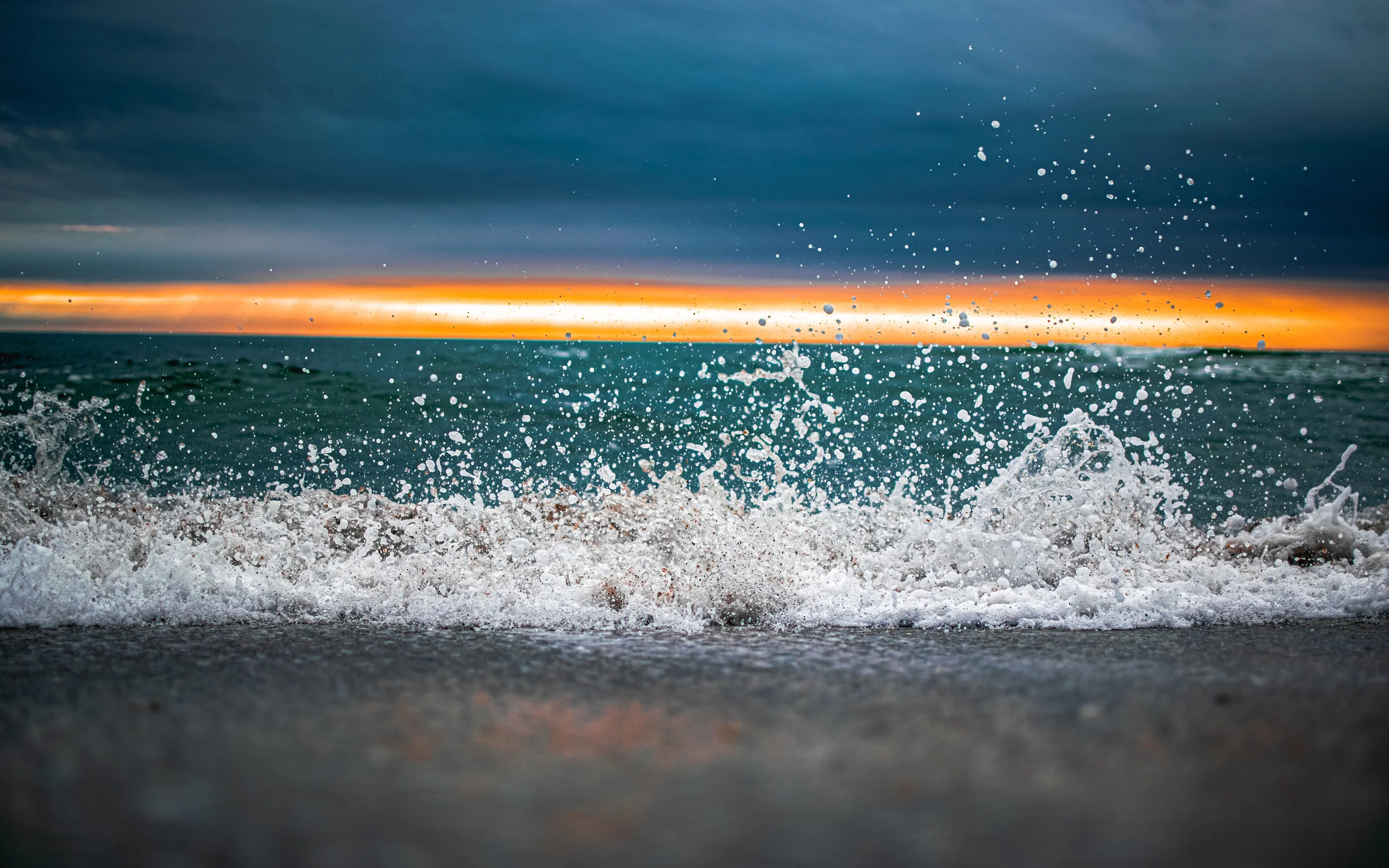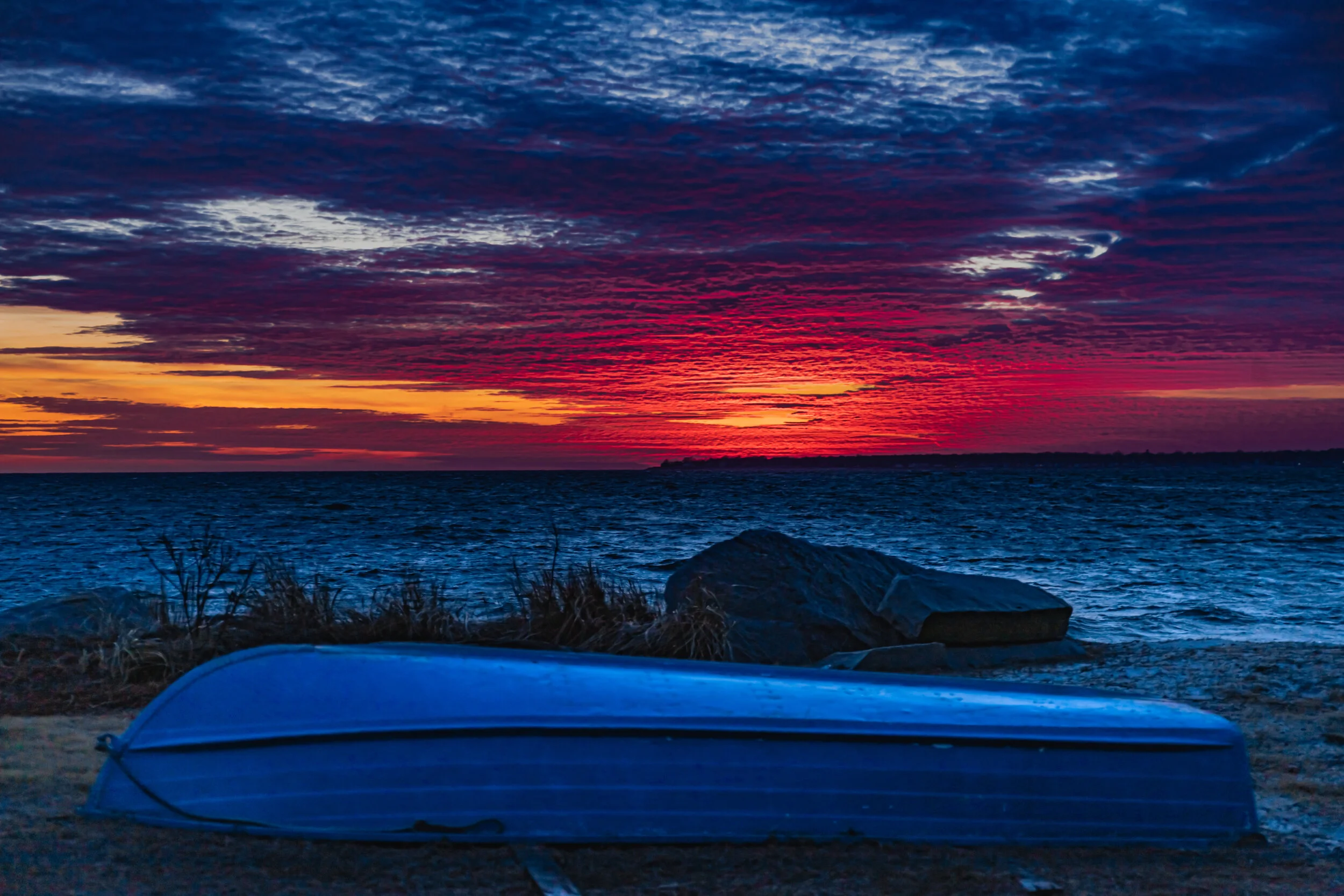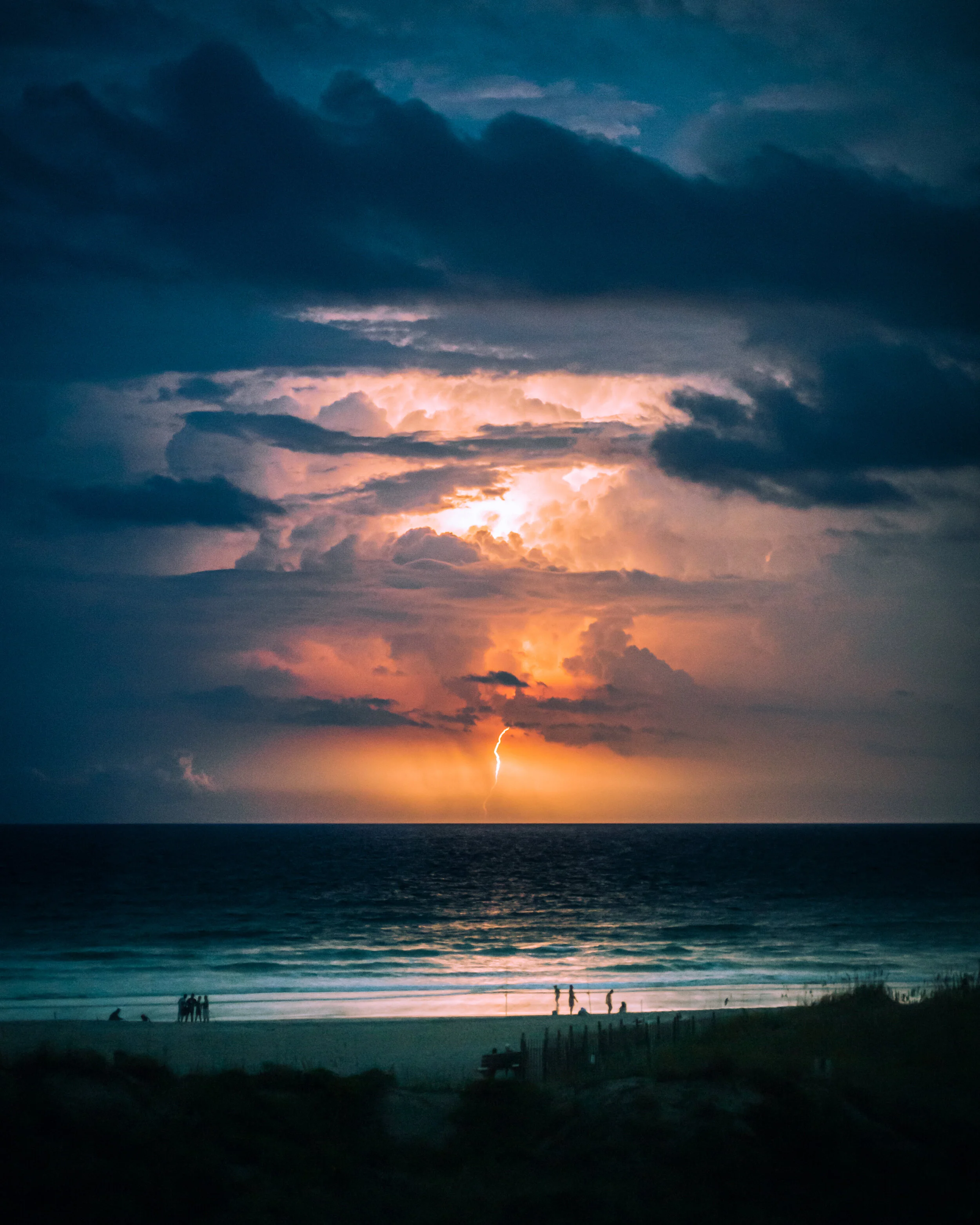Dark Laboratory Presents
I’m New Here: Black and Indigenous Ecologies
‘Free the Land’: ‘Landscape Photography as Decolonial Praxis
By steve nuñez
From Wilmington, North Carolina, steve núñez (he/him/they) completed undergraduate studies in Philosophy & Religion and Anthropology from UNC-Wilmington (UNCW) in 2016 before receiving a Master of Theological Studies degree in Religion, Ethics, and Politics from Harvard Divinity School in 2018. steve is currently a PhD student at the University of Connecticut studying Africana Philosophy, Philosophy of Racism, Existential Phenomenology, Black Aesthetics, Philosophy of Education, Carceral & Abolition Studies, and Philosophy of Photography. His tentative dissertation project explores the politics and ethics of revolutionary counter-violence predominantly through the philosophical thought of David Walker and Frantz Fanon. steve is an alumni member of the Harvard Prison Divestment Campaign, is the founder and lead organizer of the UConn Defund and Divestment Project, and is excited to help build a grassroots abolitionist movement transforming the political landscape of North Carolina with the Carolina Federation.
In 1968, over 500 radical Black activists came together in Detroit to form what would later become known as the Republic for New Afrika (RNA). Framing themselves as ‘New Afrikans’—captive subjects under internal colonial imposition of the United States—participants, including Betty Shabazz, Amiri Baraka, and Robert F. Williams, came together to deliberate what legal resources they had available to establish an autonomously governed territory within the continental US. ‘Free the Land’ became the motto of the New Afrikan Independence movement in their articulation reparatory justice demanding that Louisiana, Mississippi, Alabama, Georgia, and South Carolina be liberated from the irredeemable anti-Blackness endemic to the US and granted to the RNA in the service of Black self-determination.
Although National Parks are often celebrated, uncritically, as one of the greatest US institutions, in reality, they are one of the most evident sites of colonial violence and the genocide of Indigenous peoples requisite to their establishment. The brutal violence the federal government utilized to dispossess Indigenous peoples from the lands that became National Park spaces is largely ignored or suppressed, albeit, well documented. In a recent Atlantic article, David Treuer, argues that all 85 million acres of the country’s most cherished landscapes be turned over to “a consortium of federally recognized tribes in the United States,” who would collectively steward the lands, as it once was prior to US colonial occupation. Echoing the RNA’s call to “Free the Land,” and Treuer’s petition to “Return the National Parks to the Tribes,” I intend to use photography to tell a story about Black and Indigenous solidarity and the centrality of land as reparation.
Today, as racial capitalism drives the hyper-development of natural sceneries, human waste litters sacred landscapes, and artificial light drowns the majesty, mystery, and splendor of heavenly skyscapes, photography enables us to capture the beauty emanating from the natural world as well as contemplate our complicity and resistance to the ecological devastation that colonial logics continue to wreak on the planet. My photographic journey involves exploring the infinite and the infinitesimal, and our position in between. I seek to utilize Divinity school training, philosophical thought, and artistic gifts of astro-, landscape, macro-, and portrait photography to tell a story about spirituality, existence, and hope.
I recently presented a paper at Harvard Divinity School’s, Black Religion, Spirituality, and Culture Conference entitled “Militant Hope in Trying Times” advancing a Black existential conception of hope as a spiritual and political, “praxis of analyzing historical evidence available in the present to move through the world while actively attempting to build a possible future that one desires to die in.” Over the next three years, I aim to visit various National Parks and Southern sites of Black self-determination to establish an archive and build a narrative arc in service of education, consciousness building, inspiring action, and political organizing around land reparations for Black and Indigenous peoples.
Today, as capitalism drives the hyper-development of natural sceneries, human waste litters sacred landscapes, and artificial light drowns the majesty, mystery, and splendor of heavenly skyscapes, photography enables us to capture the beauty emanating from the natural world as well as reflect the ecological devastation that human society continues to wreak on the planet. Additionally, fewer and fewer locations can be ‘freely’ accessed and many landscapes reside in spaces that are considered private property, and ‘public’ spaces often require financial resources to visit, payments to access, and are frequently limited to daylight hours. But nobody should be able to own a landscape. As a challenge to the diminished access to natural landscapes, I practice landscape photography as an act of resistance to ‘Free the Land’. In this decolonial spirit, each of the photos included in this selection were captured in locations accessed while trespassing or were mediated through interactions with so-called ‘law enforcement officers.’ In the spirit of Sankofa, Free the Land.



